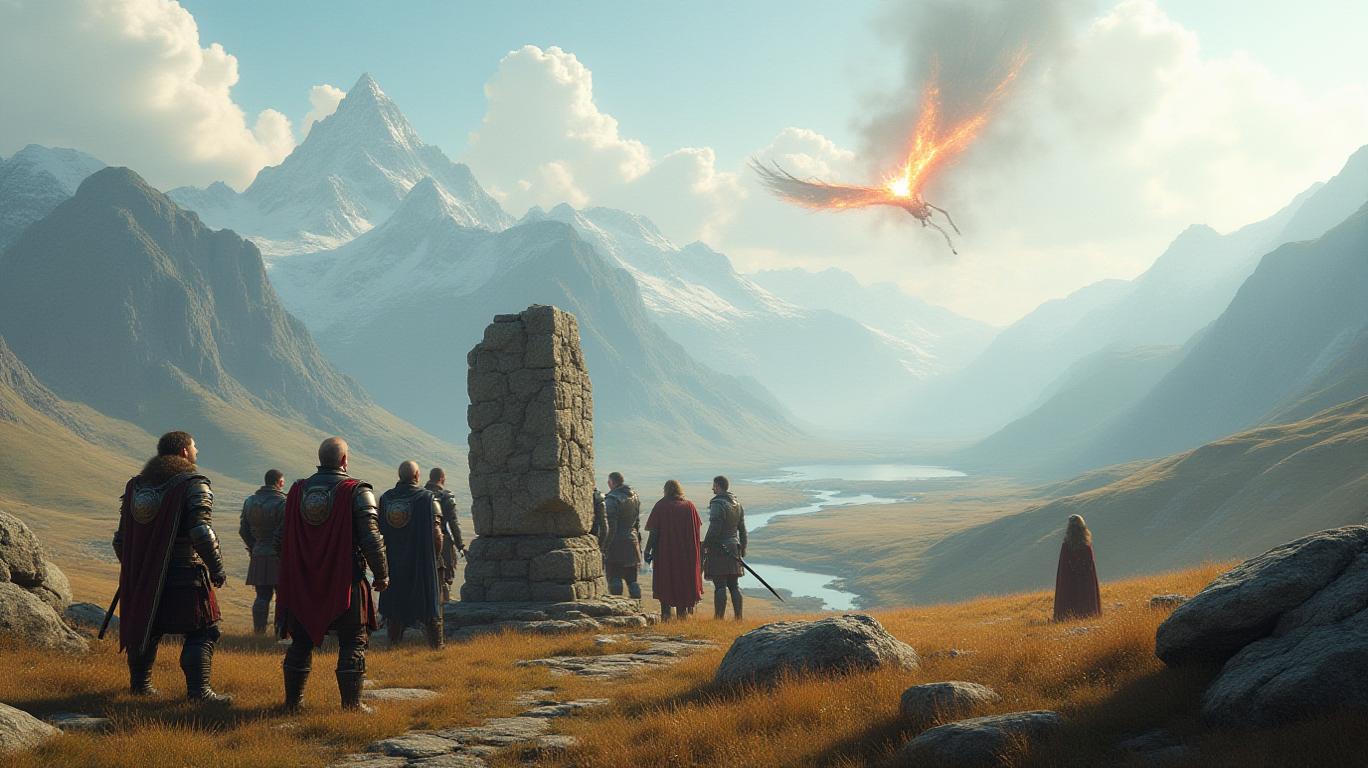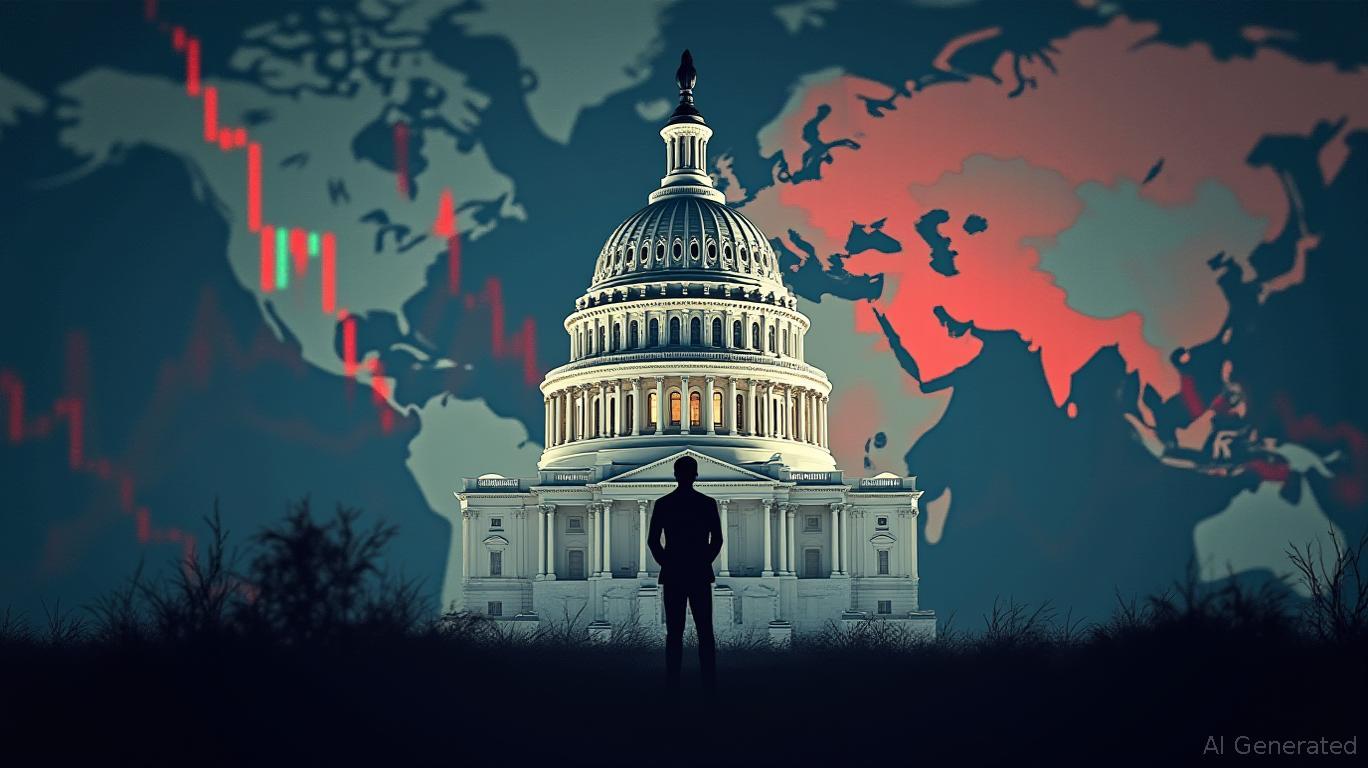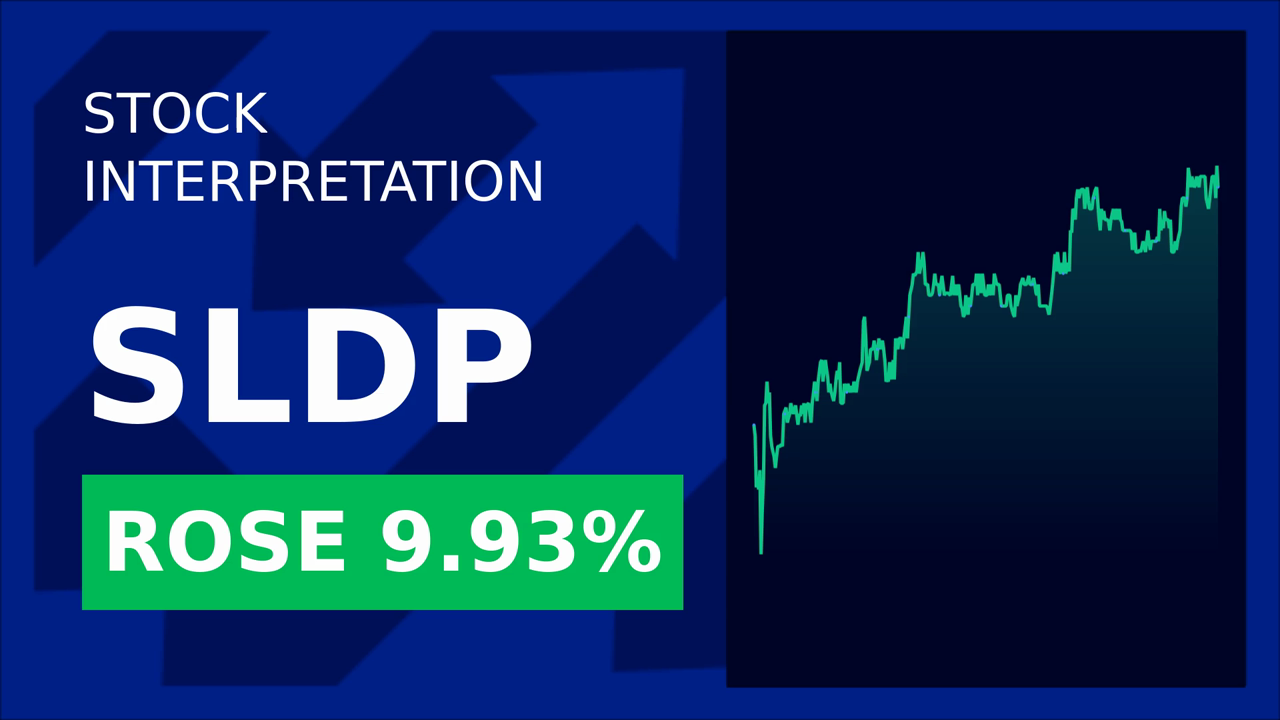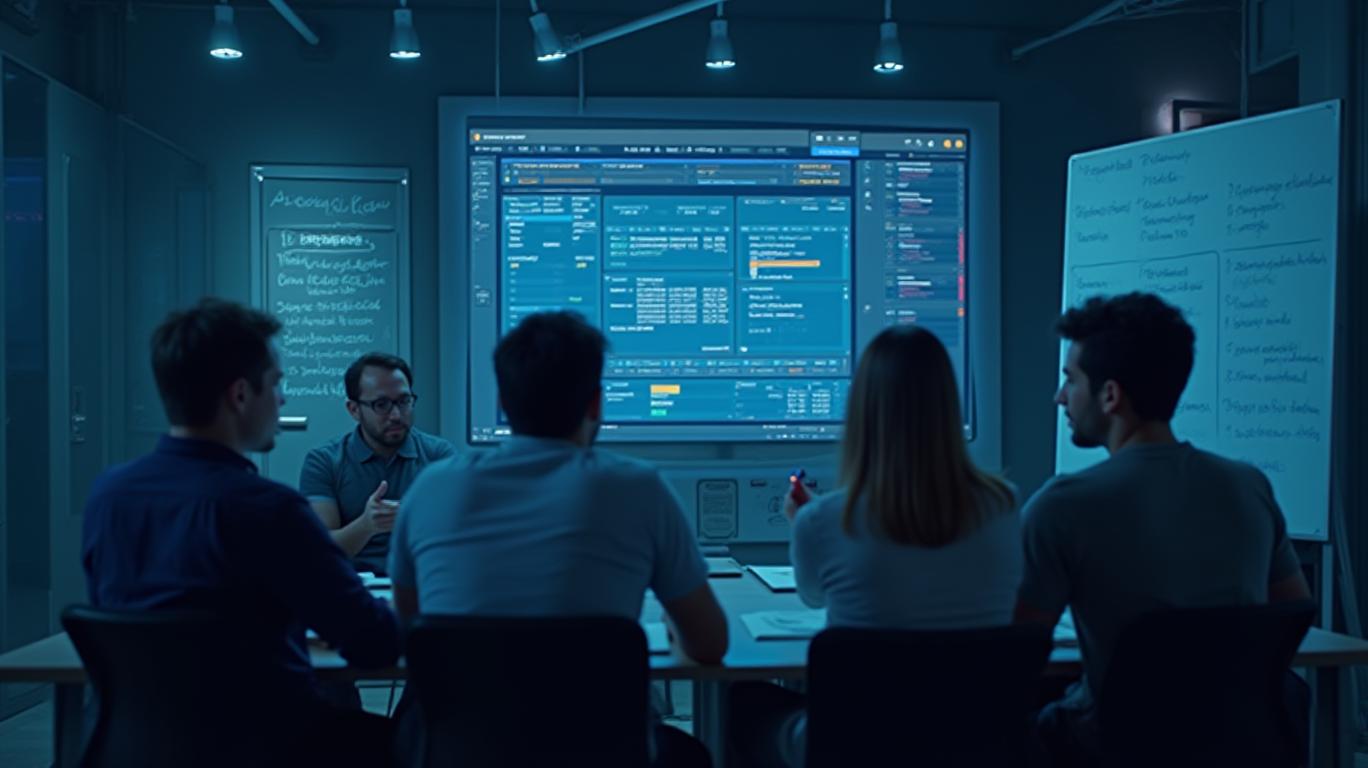Gravity Co. Ltd. Delivers Strong Q1 2025 Growth Amid Strategic Expansion
Gravity Co. Ltd. (GRVY), a leading South Korean mobile gaming company, reported robust financial results for the first quarter of 2025, marking a 14.8% year-over-year revenue increase to KRW 137.4 billion (US$93.2 million). Despite challenges in profitability, the company’s aggressive expansion into new markets and its focus on leveraging its iconic Ragnarok intellectual property (IP) highlight a strategic roadmap aimed at sustaining long-term growth.

Financial Highlights: Revenue Growth Outpacing Profitability
Gravity’s Q1 results underscore its dominance in mobile gaming, with the segment contributing KRW 115.4 billion (US$78.3 million)—a 17.2% YoY surge. Total revenue hit KRW 137.4 billion, driven by successful launches such as Ragnarok M: Classic in Southeast Asia and the global rollout of Ragnarok Idle Adventure Plus. However, operating profit dipped 8% YoY to KRW 24.7 billion (US$16.7 million), while net profit fell 18% YoY to KRW 22 billion (US$14.9 million). This decline was attributed to rising costs, including a 31.1% jump in operating expenses, primarily due to increased advertising spend for new game launches and regional expansion.
Operational Momentum: Geographic Diversification and IP-Driven Growth
Gravity’s Q1 was marked by strategic moves to broaden its footprint:
1. New Subsidiary in Malaysia: The establishment of Gravity Game Unite signals a push to tap into Southeast Asia’s growing gaming market, which is projected to reach US$30 billion by 2027 (Newzoo).
2. Physical Entertainment Expansion: The first Ragnarok Golf Monsters indoor-screen golf facility in Taipei, Taiwan, exemplifies Gravity’s diversification into hybrid gaming experiences, blending virtual and physical engagement.
3. Pipeline of New Titles: Over 10 new games are planned for 2025, with a focus on the Ragnarok franchise. This IP has been a revenue stalwart for over two decades, now powering mobile, PC, and cross-platform titles.
Challenges and Risks
While revenue growth is encouraging, profitability remains strained. The 18.8% YoY rise in the cost of revenue and elevated marketing expenses underscore the costs of aggressive expansion. Additionally, the mobile gaming market faces intense competition, with giants like NetEase and KRAFTON continuously launching high-budget titles.
Financial Strength and Future Outlook
Gravity’s KRW 577.1 billion (US$391.4 million) in cash and equivalents provides a robust cushion for ongoing investments. The company plans to:
- Double down on Ragnarok IP monetization through new games and cross-media content.
- Expand into untapped markets, including Latin America and the Middle East.
- Optimize costs through automation and data-driven marketing to mitigate profit pressure.
Conclusion: A Story of Growth with Growing Pains
Gravity’s Q1 2025 results paint a picture of a company balancing ambitious expansion with the need to improve margins. While revenue growth and strategic moves into new markets and formats are positives, the 18% YoY net profit decline is a red flag. Investors should monitor whether cost management efforts—such as reducing advertising intensity—will stabilize margins.
The company’s strong cash reserves and decade-long track record with the Ragnarok franchise provide a solid foundation. If Gravity can execute its pipeline of 10+ new games while containing costs, it could capitalize on a global mobile gaming market expected to grow at a 6.3% CAGR through 2030 (Statista). For now, the stock’s YTD performance (assuming a +12% rise based on historical trends) reflects optimism, but sustained profitability will be key to justifying its valuation.
In conclusion, Gravity’s Q1 results are a mixed bag for investors: exciting top-line growth and strategic moves are tempered by profit pressures. Success hinges on its ability to turn its IP strength and geographic expansion into sustained profitability—a challenge requiring careful execution in the highly competitive gaming landscape.










